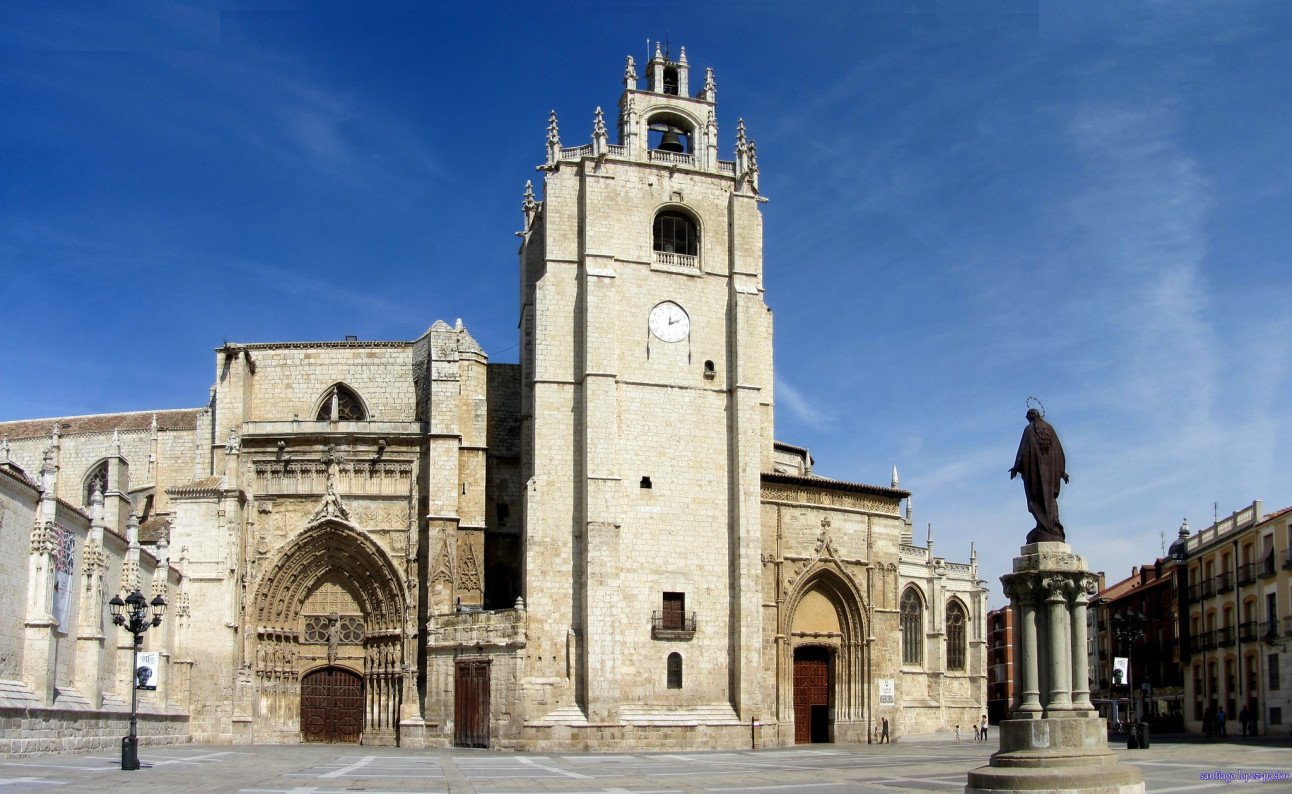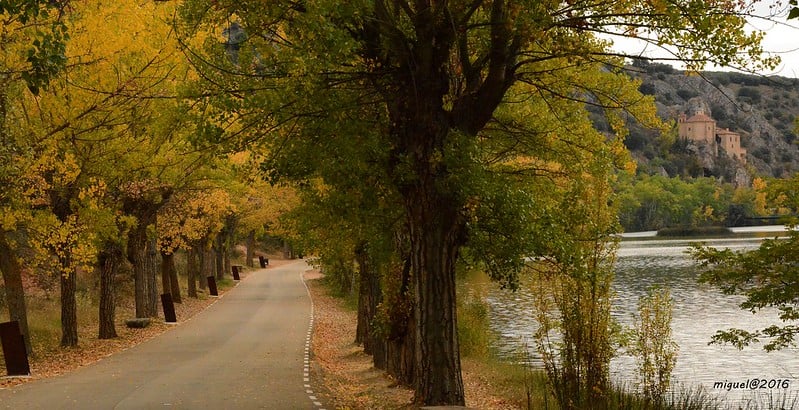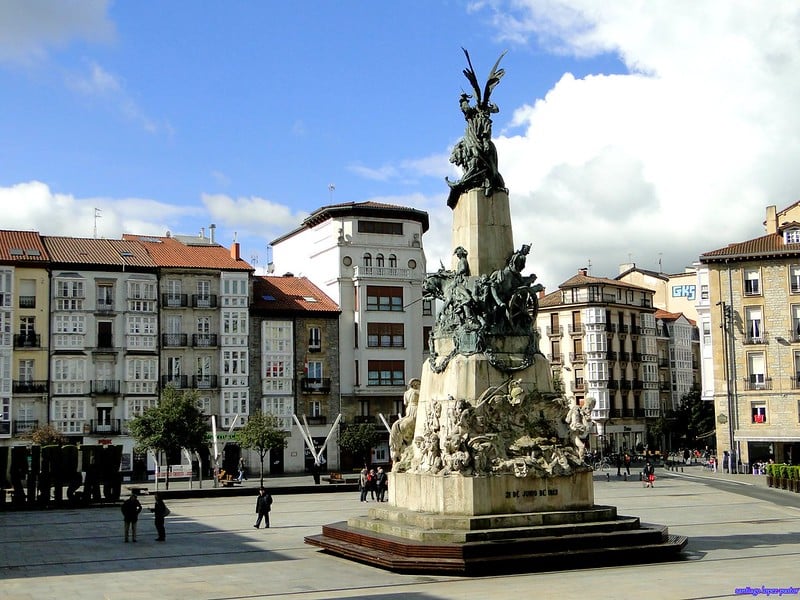In 2019 Spain received almost 84 million visitors, not far off double the country’s population (47 million).
The vast majority of these tourists chose coastal locations, understandably given the country’s fantastic beaches and abundance of good weather.
But popularity often means crowds, and with the current zeitgeist of social distancing and fear of a resurgence of infections in Spain and Europe before the vaccine rollout is complete, many could be willing to sacrifice sea and sand this spring/summer for solitude and safety.
If that’s the case for you – full disclosure – this list of Spain’s least visited cities in 2019 doesn’t contain anywhere on the coast, many in fact are deep in the interior.
Our suggestion is to look for accommodation with a swimming pool or a natural swimming spot nearby, which will help to keep cool during the heat of the day in summer and late spring.
Palencia
This 11th city in Spain’s Castille and León region boasts a huge Gothic cathedral, some pretty squares and a lively main street, despite being one of Spain’s more tranquil cities overall. There are also some natural attractions in Palencia province, such as the Pozo de las Lomas glacier lake and Casca de Mazobres waterfall.
 Photo: Santiago Lopez-Pastor/Flickr
Photo: Santiago Lopez-Pastor/Flickr
Soria
Soria is also one of Castille and León’s small provincial capitals but it packs a lot into its historic centre. It’s also on the banks of the Duero river and surrounded by countryside. All in all, a fantastic place to escape the tourist crowds.
 Photo: Miguel Angel García/Flickr
Photo: Miguel Angel García/Flickr
Cuenca
Cuenca is one of Spain’s most beautiful cities as well as being a UNESCO World Heritage Site, but it doesn’t receive many tourists. Located in Castille and La Mancha region to the east of Madrid, its historic old quarter has stunning and colourful medieval buildings atop steep cliffs and two river gorges, known as “las casas colgantes” (hanging houses).
 Photo: The Spanish Traveller/Flickr
Photo: The Spanish Traveller/Flickr
Ourense
In the lush region of Galicia in Spain’s northwest lies the hidden gem that is Ouresense. The city has an appealingly labyrinthine-like historic centre, plenty of great tapas bars and the river Miño to the east. If you’re looking for nature, there are national parks, river beaches and natural pools close by.
 Photo: Feliciano Guimaraes/Flickr
Photo: Feliciano Guimaraes/Flickr
Vitoria-Gasteiz
The Basque Country’s capital often goes unnoticed due to the popularity of San Sebastián and Bilbao, but it boasts art galleries, a charming historic quarter and dozens of fantastic pintxo bars and restaurants.
 Photo: Santiago Lopez-Pastor/Flickr
Photo: Santiago Lopez-Pastor/Flickr
Ávila
Spain fans may have heard of Ávila’s majestic city walls but not many tourists have visited the ancient town in Castille and León. It’s one of the most wonderfully preserved old cities in Spain and the province of Ávila also has plenty going for it with the Candeleda and Navaluenga natural pools, caves, rivers and forests.
 Photo: Sergio/Flickr
Photo: Sergio/Flickr



 Please whitelist us to continue reading.
Please whitelist us to continue reading.
Member comments